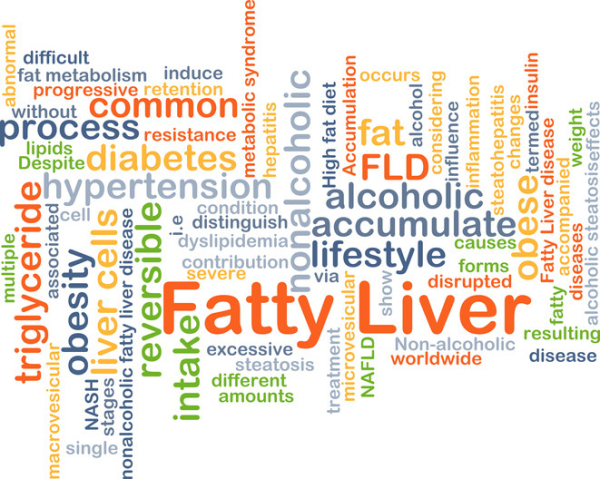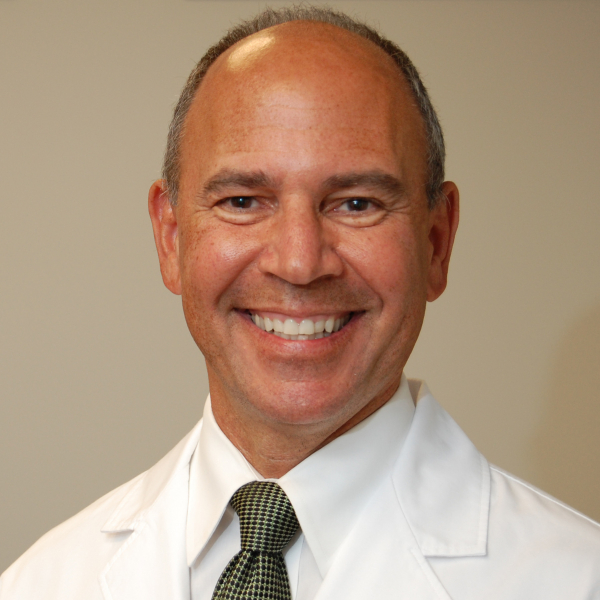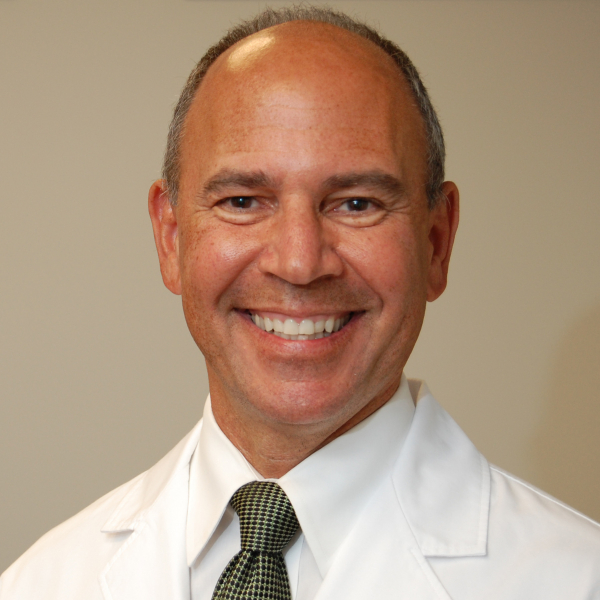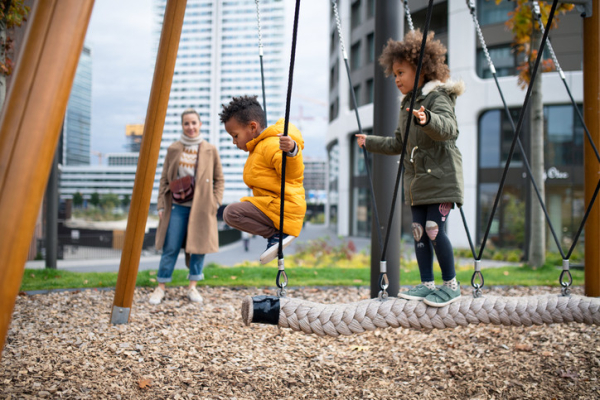
You may have heard recent news reports about a company that knowingly sold defective lead testing machines that tested tens of thousands of children between 2013 and 2017. Or wondered about lead in tap water after the widely reported problems with lead-contaminated water in Flint, Michigan. Reports like these are reminders that parents need to be aware of lead — and do everything they can to keep their children safe.
How is lead a danger to health?
Lead is poisonous to the brain and nervous system, even in small amounts. There really is no safe level of lead in the blood. We particularly worry about children under the age of 6. Not only are their brains actively developing, but young children commonly touch lots of things — and put their hands in their mouths. Children who are exposed to lead can have problems with learning, understanding, and behavior that may be permanent.
How do children get exposed to lead?
In the US, lead used to be far more ubiquitous than it is now, particularly in paint and gas. Yet children can be exposed to lead in many ways.
- Lead paint. In houses built before 1978, lead paint can sometimes be under other paint, and is most commonly found on windowsills or around doors. If there is peeling paint, children can sometimes ingest it. Dust from old paint can land on the floor or other surfaces that children touch with their hands (and then put their hands in their mouths). If there was ever lead paint on the outside of a house, it can sometimes be in the dirt around a house.
- Leaded gas. While leaded gas was outlawed in 1996, its use is still allowed in aircraft, farm equipment, racing cars, and marine engines.
- Water passing through lead pipes. Lead can be found in the water of older houses that have lead pipes.
- Other sources. Lead can also be found in some imported toys, candles, jewelry, and traditional medicines. Some parents may have exposure at work or through hobbies and bring it home on their hands or clothing. Examples include working in demolition of older houses, making things using lead solder, or having exposure to lead bullets at a firing range.
What can parents do to protect children from lead?
First, know about possible exposures.
- If you have an older home, get it inspected for lead if you haven’t done so already. (If you rent, federal law requires landlords to disclose known lead-based paint hazards when you sign a lease.) Inspection is particularly important if you are planning renovations, which often create dust and debris that increase the risk of exposure. Your local health department can give you information about how to do this testing. If there is lead in your home, don’t try to remove it yourself! It needs to be done carefully, by a qualified professional, to be safe.
- Talk to your local health department about getting the water in your house tested. Even if your house is new, there can sometimes be older pipes in the water system. Using a water filter and taking other steps can reduce or eliminate lead in tap water.
- If you have an older home and live in an urban area, there can be lead in the soil. You may want to have the soil around your house tested for lead. Don’t let your child play in bare soil, and be sure they take off their shoes before coming in the house and wash their hands after being outside.
- Learn about lead in foods, cosmetics, and traditional medications.
- Learn about lead in toys, jewelry, and plastics (yet another reason to limit your child’s exposure to plastic).
Second, talk to your pediatrician about whether your child should have a blood test to check for lead poisoning. The American Academy of Pediatrics recommends:
- Assessing young children for risk of exposure at all checkups between 6 months and 6 years of age, and
- Testing children if a risk is identified, particularly at 12 and 24 months. Living in an old home, or in a community with lots of older homes, counts as a risk. Given that low levels of lead exposure that can lead to lifelong problems do not cause symptoms, it’s always better to be safe than sorry. If there is any chance that your child might have an exposure, get them tested.
How is childhood lead exposure treated?
If your child is found to have lead in their blood, the most important next step is to figure out the exposure — and get rid of it. Once the child is no longer exposed, the lead level will go down, although it does so slowly.
Iron deficiency makes the body more vulnerable to lead poisoning. If your child has an iron deficiency it should be treated, but usually medications aren’t used unless lead levels are very high. In those cases, special medications called chelators are used to help pull the lead out of the blood.
For more information, visit the Centers for Disease Control and Prevention website on lead poisoning prevention.
About the Author

Claire McCarthy, MD, Senior Faculty Editor, Harvard Health Publishing
Claire McCarthy, MD, is a primary care pediatrician at Boston Children’s Hospital, and an assistant professor of pediatrics at Harvard Medical School. In addition to being a senior faculty editor for Harvard Health Publishing, Dr. McCarthy … See Full Bio View all posts by Claire McCarthy, MD































